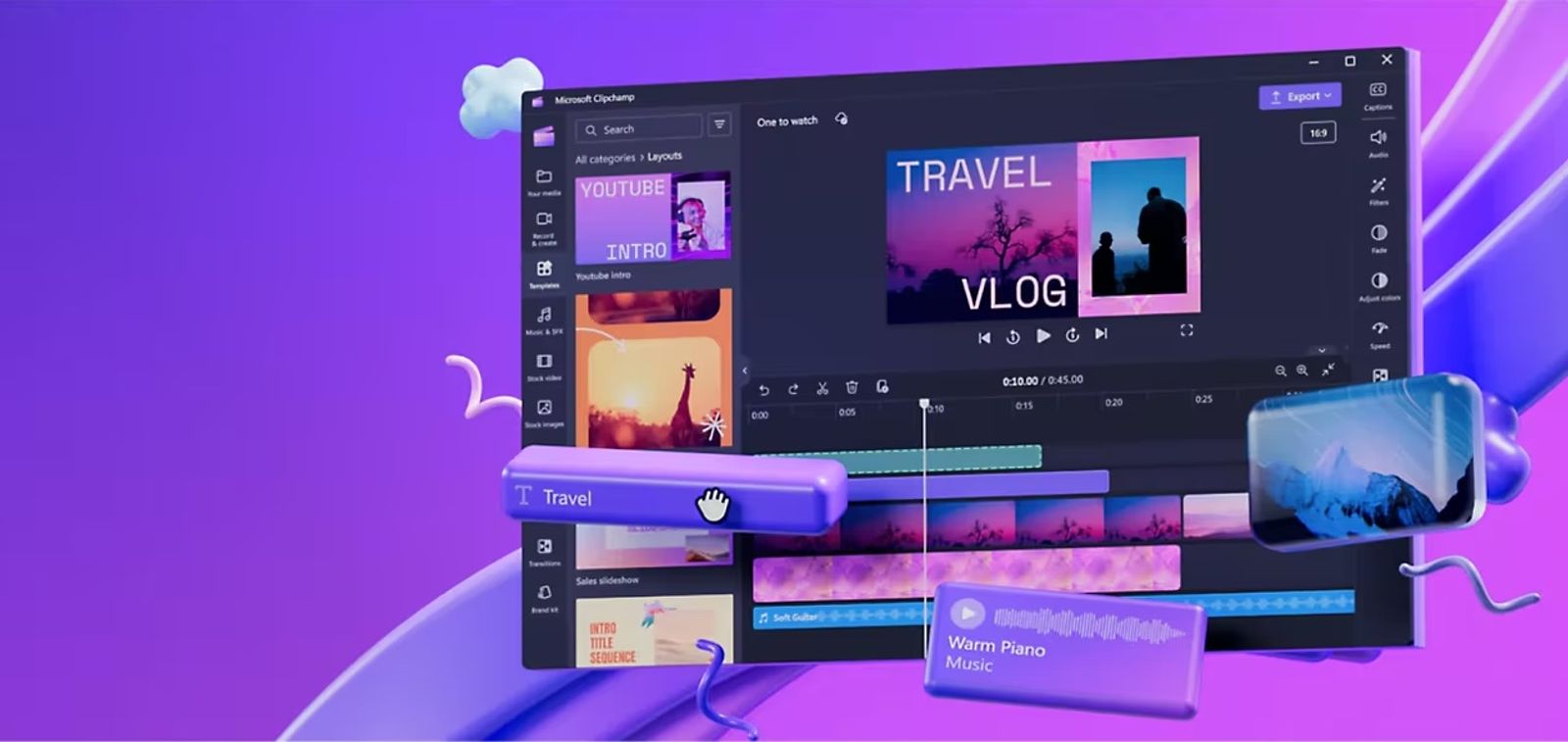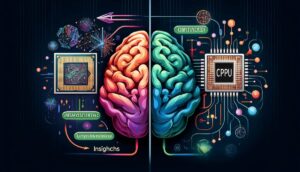The realm of AI video generation is rapidly expanding, with proprietary models like Google Veo and OpenAI’s Sora captivating the imagination. However, for those seeking more control, customisation, and a peek under the hood, the open-source community offers a robust and incredibly dynamic alternative. Far from being a mere shadow, open-source video generation models are pushing boundaries, fostering innovation, and democratising access to this cutting-edge technology.
While Stability AI’s Stable Video Diffusion (SVD) justly holds a prominent position, it’s just one star in a constellation of impressive open-source projects. SVD, primarily known for its powerful image-to-video capabilities – breathing life into still images – also has the underlying architecture that supports exciting developments in text-to-video. Its open-source nature means it can be run locally, benefiting from continuous community development and integration into popular user interfaces like ComfyUI and AUTOMATIC1111.
Sponsored
But the story doesn’t end with SVD. Here’s a look at other significant players in the open-source video generation arena:
1. AnimateDiff
The Motion Maestro4 Unlike standalone video generators, AnimateDiff is a motion module designed to be seamlessly integrated with existing Stable Diffusion text-to-image models. This modular approach is a game-changer. By combining AnimateDiff with your favourite Stable Diffusion checkpoint, you can generate short, animated clips directly from text prompts or even animate static images, all while inheriting the distinct visual style of your chosen model. This leverages the vast ecosystem of Stable Diffusion models and fine-tunes, offering unparalleled flexibility in visual aesthetics.
2. Open-Sora
Chasing the DreamInspired by OpenAI’s groundbreaking Sora model, Open-Sora is an ambitious open-source initiative dedicated to replicating and democratising similar high-quality video generation capabilities. This project focuses on efficiently producing coherent and high-fidelity video from text, aiming to make the model, tools, and all technical details openly accessible. Open-Sora represents a significant stride in pushing the boundaries of open-source video generation towards the sophisticated quality and narrative coherence seen in leading proprietary models.
3. HunyuanVideo
Tencent’s Contribution to the Open Realm Developed by the Chinese tech giant Tencent, HunyuanVideo is an open-source text-to-video AI model that has rapidly garnered attention for its impressive performance. This powerful model generates videos directly from textual prompts and has been praised for its quality and consistency, frequently appearing high on crowd-sourced leaderboards for open-source video models. It also boasts good integration with popular interfaces like ComfyUI.
4. Mochi (by Genmo)
A Focus on Quality and Flexibility Mochi is another notable high-quality text-to-video model from Genmo, an AI research lab dedicated to open-source video generation. Mochi generates videos from textual descriptions and is often recognised for its strong performance in comparisons. A key advantage of Mochi is its support for LoRA (Low-Rank Adaptation) fine-tuning, allowing users to further customise the model’s output, and its native integration with ComfyUI.
5. Wan2.1 (by Alibaba)
State-of-the-Art Aspirations Hailing from Alibaba, Wan2.1 is a more recent addition to the open-source video generation landscape, positioning itself as a contender for state-of-the-art results. This text-to-video model is capable of generating visually rich and intricate video textures, further demonstrating the rapid advancements within the open-source community. Like many of its peers, Wan2.1 also benefits from integration with ComfyUI.
Key Trends and Considerations in Open-Source Video Generation:
The open-source video generation scene is characterised by several exciting trends:
- Modular Approach: Many projects adopt a modular design, combining different components – such as a base image diffusion model with a dedicated motion module like AnimateDiff – to achieve comprehensive video generation capabilities. This fosters innovation and allows for greater customisation.
- Interface Powerhouses: User interfaces like ComfyUI and AUTOMATIC1111 are instrumental in the open-source ecosystem. They provide flexible, node-based, and user-friendly environments for building complex video generation workflows, making these powerful models more accessible to a broader audience.
- The Pursuit of Consistency: A significant challenge and an area of intense research for all AI video models, both open-source and proprietary, remains the ability to maintain consistent characters, objects, and scenes over longer video durations. Progress is being made rapidly in this area.
- Hardware Demands: It’s important to note that running these advanced open-source models locally often requires substantial computing power, particularly a robust GPU with ample VRAM (ideally 8GB-12GB or more).
While commercial tools offer polished user experiences and often lead in raw output quality, the open-source video generation movement provides unparalleled creative control, transparency, and the opportunity to be part of a collaborative innovation process. For those with the technical curiosity and hardware, the open-source landscape offers a vibrant and rapidly evolving frontier in the world of AI-generated video.



